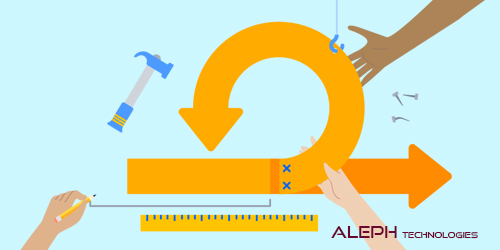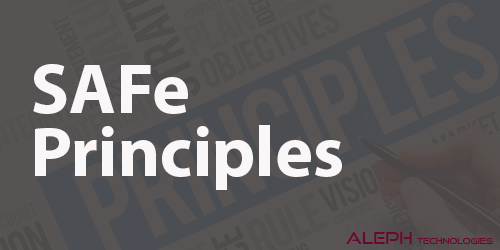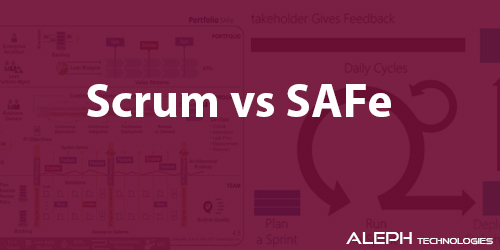6 Tips to Design or Re-design an Agile Organization
Agile practices are becoming increasingly widespread. 🌍 An increasing number of organizations are jumping on the bandwagon to enjoy the benefits of increased flexibility, quicker turnaround times, and lower risk. However, transitioning from a rigid waterfall approach (or even an ad-hoc reactive process) to something that is adaptable and collaborative can be challenging.
Making the transition isn't just about implementing a new set of templates and processes but about changing attitudes and the culture of the team and the supporting organization. It's about changing working practices and deeply embedded habits, which can take time. ⏳
So, how do you take the first steps towards a more Agile approach?
Plan in Stages or Iterations: 📅 One of the foundations of Agile techniques is the idea of iterations or discrete time frames in which development and delivery occur. Instead of delivering the whole product at one set time, you split your project into a logical series of stages that each conclude with a tangible deliverable or output. This way, you're building and delivering your product incrementally rather than using a big bang approach, which is riskier. It's important that each stage delivers something concrete to the end-user.
Consider the Human Aspect: 👩💼👨💼 As you design out the stages of your project, make sure to involve your team and customer network as much as possible. Discuss the benefits of working in a more iterative manner so that people can see the reasons why it's a good thing to support. You want to motivate your team to become the driver of creating an Agile environment.
Make Use of the 80:20 Rule: 8️⃣0️⃣:2️⃣0️⃣ The 80:20 rule comes in handy as your team works in a more iterative manner. It helps you prioritize which requirements to deliver by focusing on the 20% of features that deliver 80% of the benefits to your end-users. At the end of each iterative stage, hold a prioritization meeting where you identify what constitutes 20% of the requirements and what will lead to 80% of the functionality in the next stage. Another rule of thumb is to deliver your core essential features and the highest-risk pieces of functionality in the earlier stages and leave the nice-to-have features until later.
Create a Prototype: 🛠️ To create a prototype isn't a practice limited to Agile projects, but it's a natural step if you want your team to work more iteratively. Creating a prototype has many benefits, from visualizing the design and reducing project risk to gaining early feedback from the user community. It's an excellent way to create a clear expression of what the project is aiming to achieve, which can help unify the team around a common vision. Plan the prototype as early as you can during the project.
Increase Collaboration: 🤝 When you work on a waterfall or even an ad-hoc project, the team often consists of separate entities and silos that only come together when they work on dependent activities. In more Agile and iterative projects, however, collaboration and customer involvement play a much bigger role because the team plays a significant role in shaping the project. You can begin to increase collaboration by planning with your team and by creating self-managing teams where you become a mentor and coach rather than a micromanager who instructs everyone. Start by asking more questions of your team and listening to their answers, rather than just directing people. Give people the authority to manage their part of the project to increase the benefits of collaboration.
Continually Review and Adjust: 🔄 We've all been taught that it's good practice to do a post-project review at the end of the project and to review a lessons learned report. However, on more iterative and Agile projects, it's too late to learn the lessons at the end! We need to continually learn and adjust as the project progresses. A great way to do this is by collaboratively reviewing what is going well and not so well at the end of each stage or iteration. Listen to the customer's feedback and to your own instincts. Ask questions like: How can you improve the product, the processes, collaboration, and communication? What does the team say? Agility is about the ability to quickly and efficiently adapt to changes—whether they're imposed by you or by your clients.
Learn more about Agile:





Please login to check comments